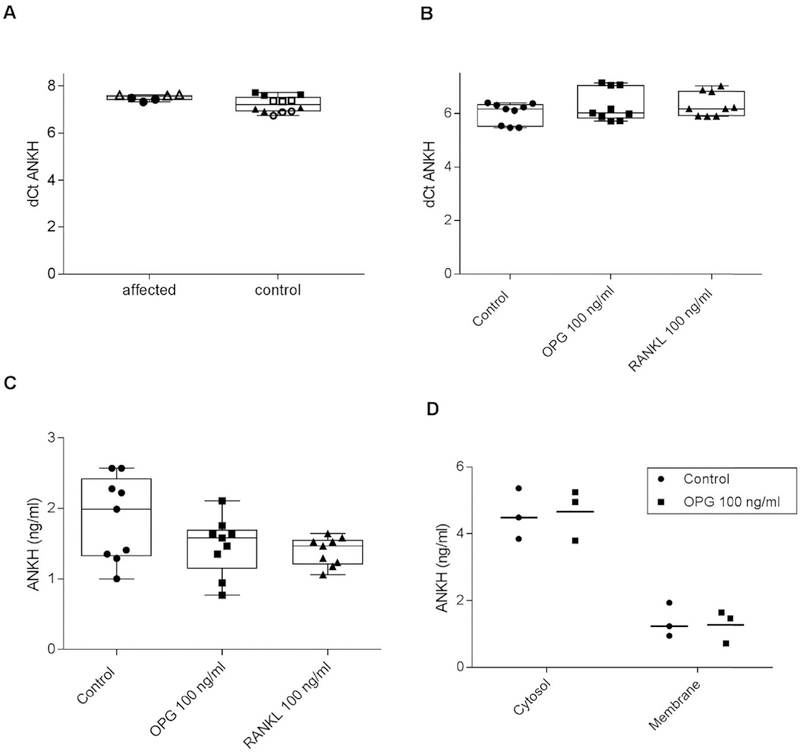Fig. 2. OPG and RANKL do not increase ANKH levels in human fibroblasts or porcine chondrocytes.
A. ANKH mRNA levels were measured in cultured skin fibroblasts from affected Israeli family members and healthy controls using qRT-PCR. Controls were derived from unrelated individuals. dCt (sample) is defined as mean Ct (target) e mean Ct (reference; where reference = β-actin). Each individual is represented by a different shape. There were no apparent differences between affected and un-affected individuals (n = 6). ANKH mRNA (B.) and protein (C.) levels were measured by qRT-PCR and ELISA respectively in articular chondrocytes after 48 h of exposure to no additives (Control), 100 ng/ml OPG, or 100 ng/ml RANKL. There were no significant differences between treatment and controls (n = 9 per group, P = 0.235) and (n = 9 per group, P = 0.254) respectively. D. ANKH levels in membrane and cytosol fractions of chondrocytes were measured by ELISA after 48 h of exposure to no additives (Control) or 100 ng/ml OPG. No differences were noted between groups (n = 3 per group).

